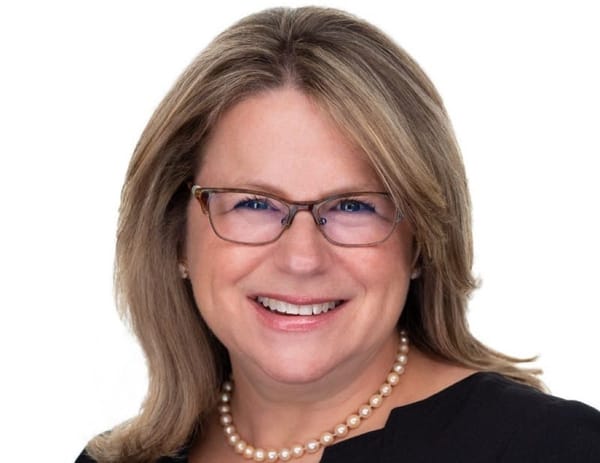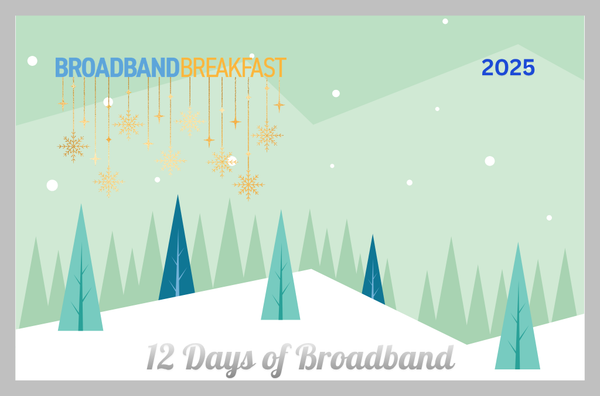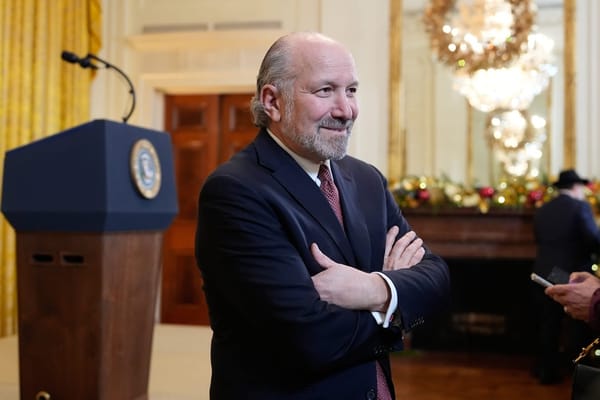Comcast to Lean Into Wireless Amid Broadband Losses
The company shed 139,000 broadband subscribers in the fourth quarter of 2024.
Jake Neenan

Jan. 30, 2025 – Comcast lost even more broadband subscribers than expected in the fourth quarter of 2024. The company’s leaning into its wireless service in a bid to turn things around.

“You will see us shift our strategy to package mobile with more of our higher tier broadband products, both for new and many of our existing customers,” Comcast President Mike Cavanaugh said on the company’s earnings call Thursday.
Comcast reported a loss of 139,000 broadband subscribers, worse than the already unexpectedly high December forecast of 100,000 that sent its stock tumbling. It added 307,000 mobile subscribers – the company offers the service through a deal with Verizon – for a total of 7.8 million.
The company’s new converged packages are set to launch “in the coming months” in upgraded areas where Comcast can offer fixed broadband speeds more on par with fiber, about half of its footprint. Cavanaugh said the plans would be “simplified,” aimed at reducing friction for subscribers, and that the company would aim to grow revenue from those customers at a faster clip.
The big mobile carriers and Charter are already leaning into convergence, which appears to be better at keeping customers around than mobile or fixed broadband products alone.
Comcast executives said they’re still seeing headwinds on the fixed broadband front: stiff competition from fixed wireless offered by the mobile carriers and fiber overbuilding, plus the June 2024 shutdown of the low-income broadband subsidy that supported more than million households.
New Street Research analyst Jonathan Chaplin wrote in an investor note that he expects those losses to get better in 2025, but not reverse.
“We and others had expected a return to growth at some point over the next two years, but that expectation started to evaporate as we gained a better understanding around the impact of immigration on household growth,” Chaplin wrote in an investor note after the call. “Since early January, we have been warning that Cable adds would likely stay negative for the next four years.”
But negative adds might not be so bad, as long as they don’t get worse, according to MoffettNathanson analyst Craig Moffett. He noted that the wireless carriers are pushing convergence offerings, but cable giants like Comcast are the ones with large national wireline footprints – the company counts more than 31 million total subscribers and more than 60 million passings.
“The TelCos’ focus on convergence, if successful in training customers to buy broadband and wireless together, would only supercharge Comcast’s growth,” he wrote in a research note. “For the market to begin focusing on the wireless opportunity, broadband subscribership doesn’t need to grow. It only needs to stabilize.”
Moffett agreed subscriber losses have peaked, but that 2025 “won’t be great,” just not as bad as 2024.









Member discussion